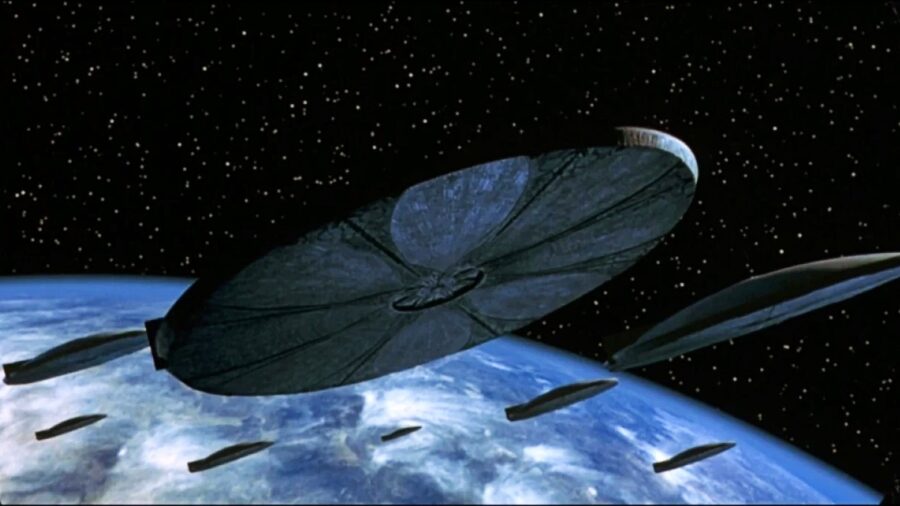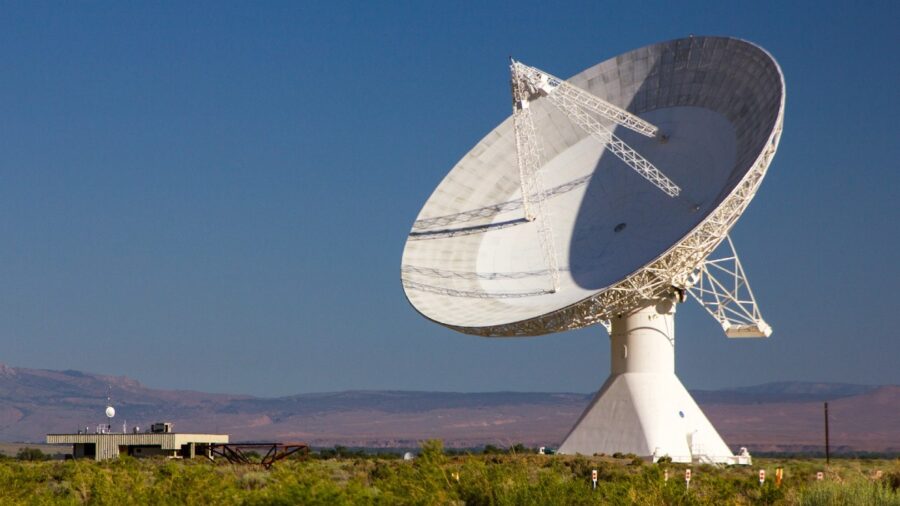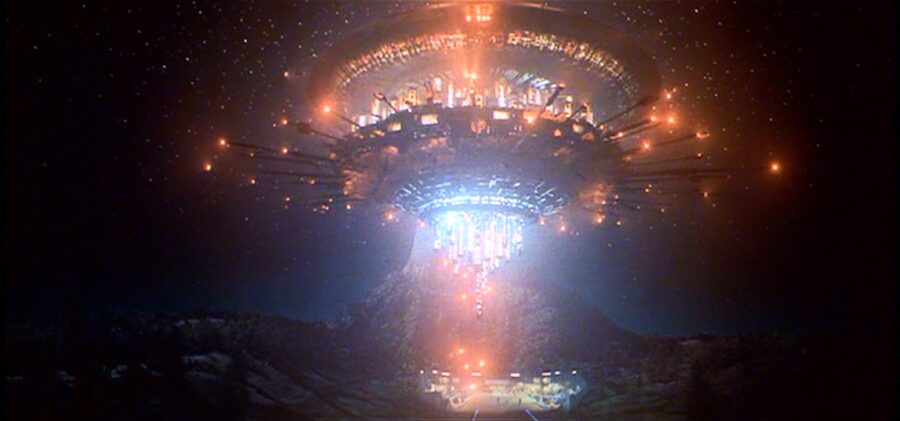Kentucky City Welcomes Aliens From Outer Space

Kentucky has come up with a brilliant marketing campaign to promote tourism, with a message that invites extraterrestrial travelers. Haven’t we learned anything from Wells’ War of the Worlds and Clarke’s Childhood End? Well, perhaps we’ll invite the nice aliens, like those from Arrival. Hopefully, it’s not the Tyranid Hive Fleet.
A Message Sent 40 Lightyears

Well, the message has been sent, and we can now hope for the best. For those who aren’t acquainted with the situation, on October 24, 2023, the Lexington Convention and Visitors Bureau (pun, perhaps) used an infrared laser to beam a message into space and invite extraterrestrial travelers. The message, converted into binary code, was pointed towards the TRAPPIST-1 system, located some 40 lightyears away, and beamed using a telescope and a modified engraving laser. It reads, “Hey, Aliens! Look and Lexington.”
Inspired By The Government Cover-Up

The idea for the campaign came from the recent de-classifications of UFO sightings deep space imaging, various officers attesting to these sightings—some of which testified that the Pentagon is retrieving and reverse engineering UFOs—in Congressional hearings. This continues to fuel the idea that we’re not alone in this universe. While we won’t discuss whether or not we’re truly alone, we’ll say that it’s rather presumptuous to assume or believe so.
It’ll Be Awhile Before Aliens Arrive

Whatever the case may be, the message is an encoded bitmap image that includes imagery representing the elements of life, Lexington’s rolling hills, the molecular structure for water, bourbon, and even dopamine. Maybe we should have added sour milk, as well—an obvious Alien Nation reference.
Given the distance between Earth and TRAPPIST-1, the message will take 40 years to reach the system and another 40-ish for the aliens to arrive—assuming that they are interested in visiting and have mastered light-speed travel. Or even the warp—no, not the Warhammer 40k kind.
The Cosmic Equivalanet Of Walking Next Door

TRAPPIST-1 system is one of the most important star systems when it comes to studies of exoplanets and the search for alien life. The system is relatively close to Earth and houses an ultra-cool white dwarf star that’s much cooler and smaller than our Sun.
What’s interesting about it is that the researchers studying the system identified seven Earth-sized exoplanets orbiting the aforementioned white dwarf. This is the largest group of Earth-sized planets to be ever found in a single-star system, which might pose an answer to humanity’s desire to leave its cradle and set out for the stars.
There Is A Chance Alien Life Responds

These planets are in relative proximity to each other and their native star, resulting in a rather complex gravitational dance known as orbital resonance. The main focus of current research is the atmospheres of these planets to understand the composition structure of said planets and their respective climate patterns. Even more interesting is that three of seven planets are located in the star’s habitable zone, where conditions might be right for liquid water to exist and thus support life—alien life.
Source: AP News












